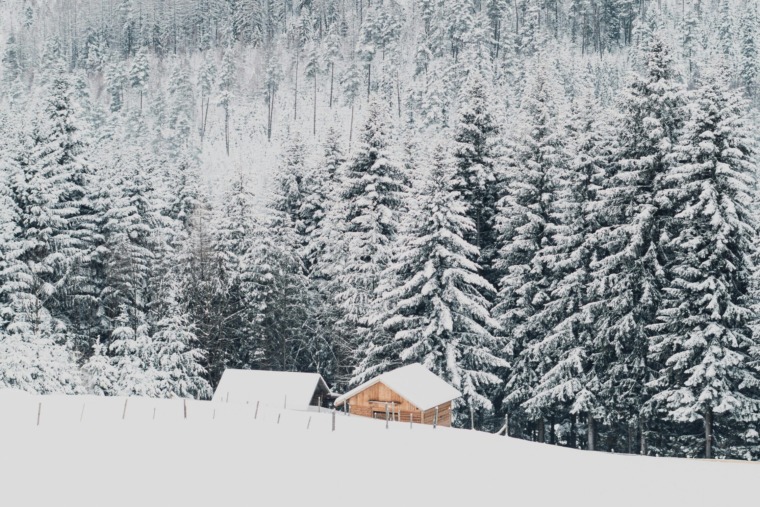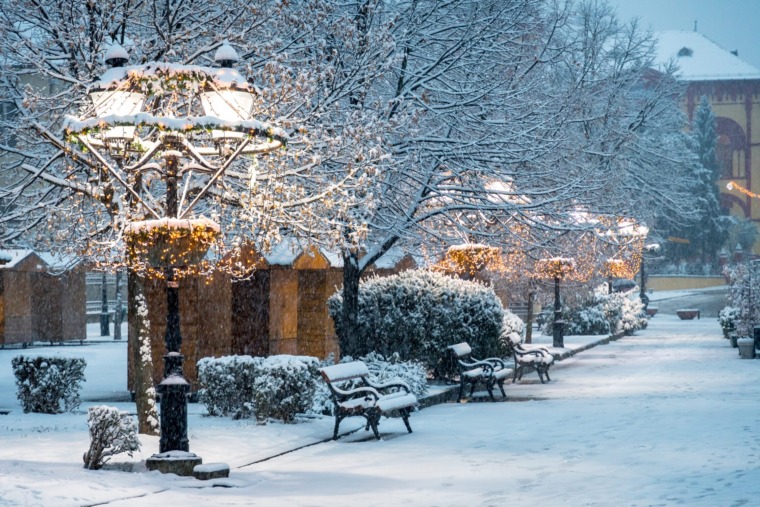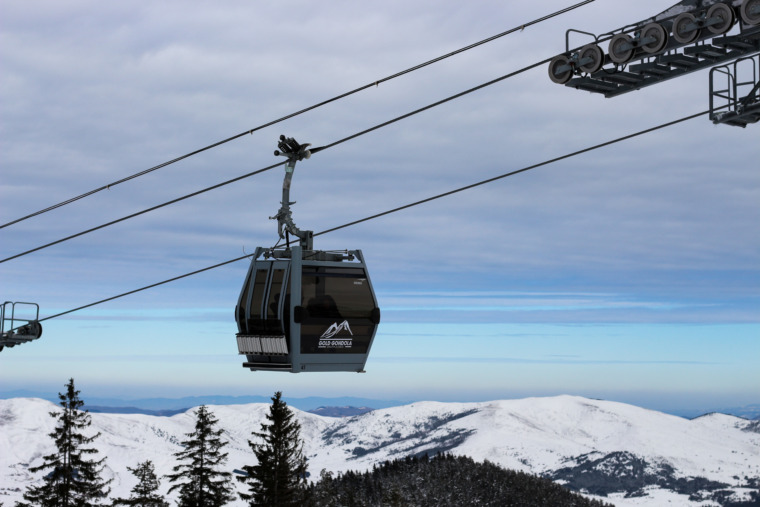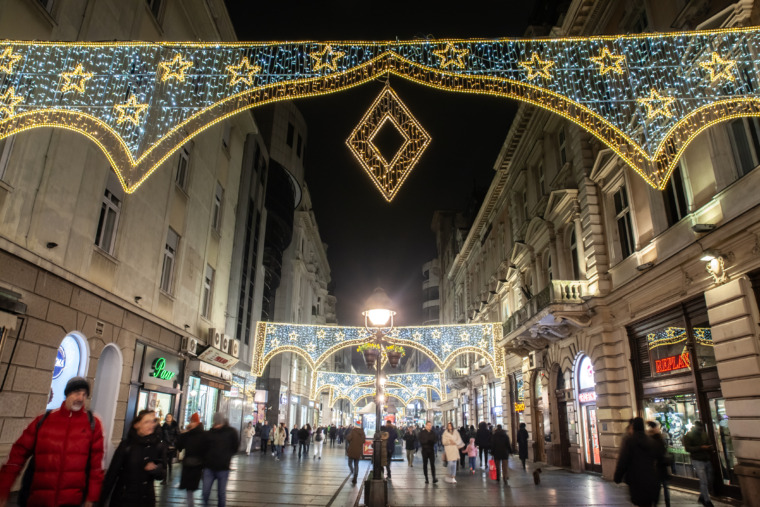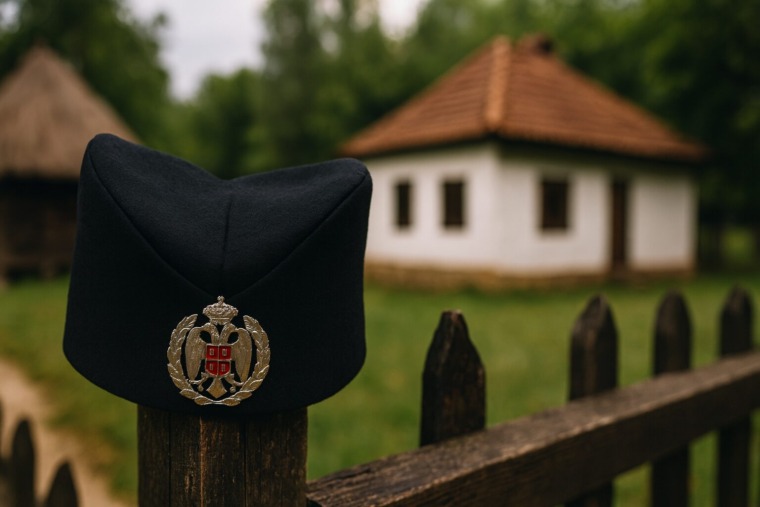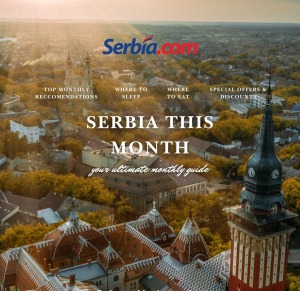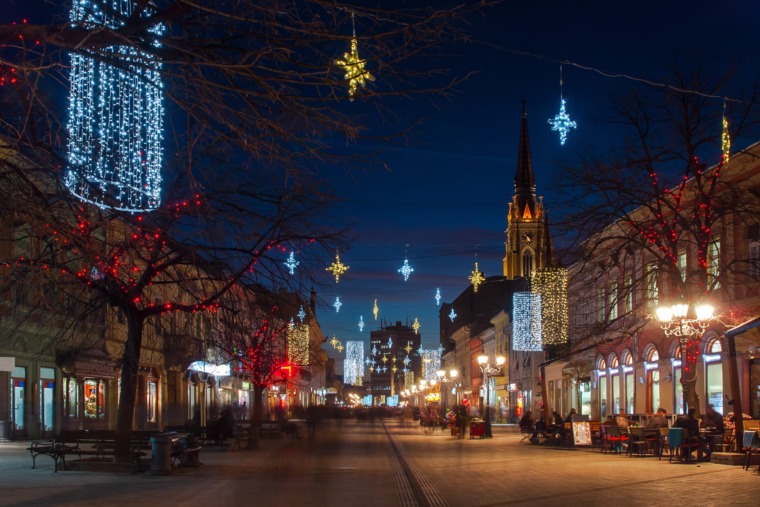
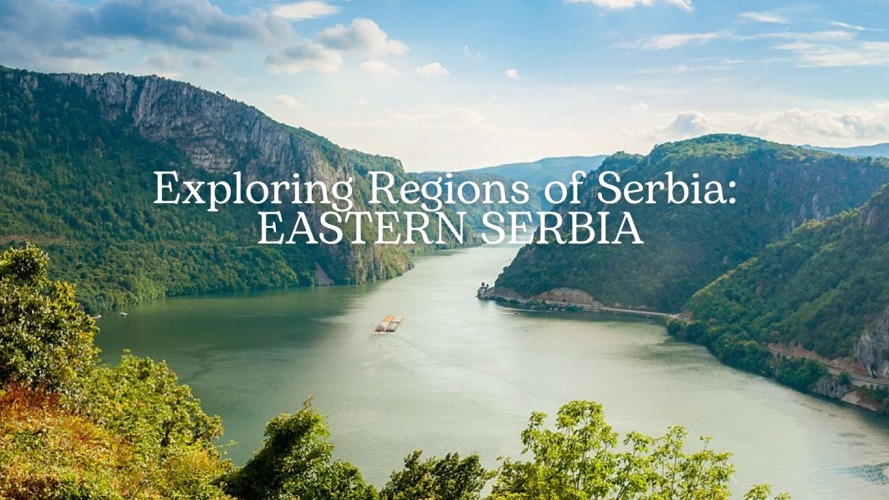
Eastern Serbia is a land of contrasts—mysterious mountains, lush forests, sparkling rivers, ancient sanctuaries, and living traditions. This diverse region stretches from the Danube banks and Iron Gates to the remote slopes of Stara Planina and the green valleys of the Homolje Mountains. Here, history and legend go hand in hand, offering an authentic and unforgettable journey.
Nature and Mountains
Rtanj – The Pyramid of the Balkans
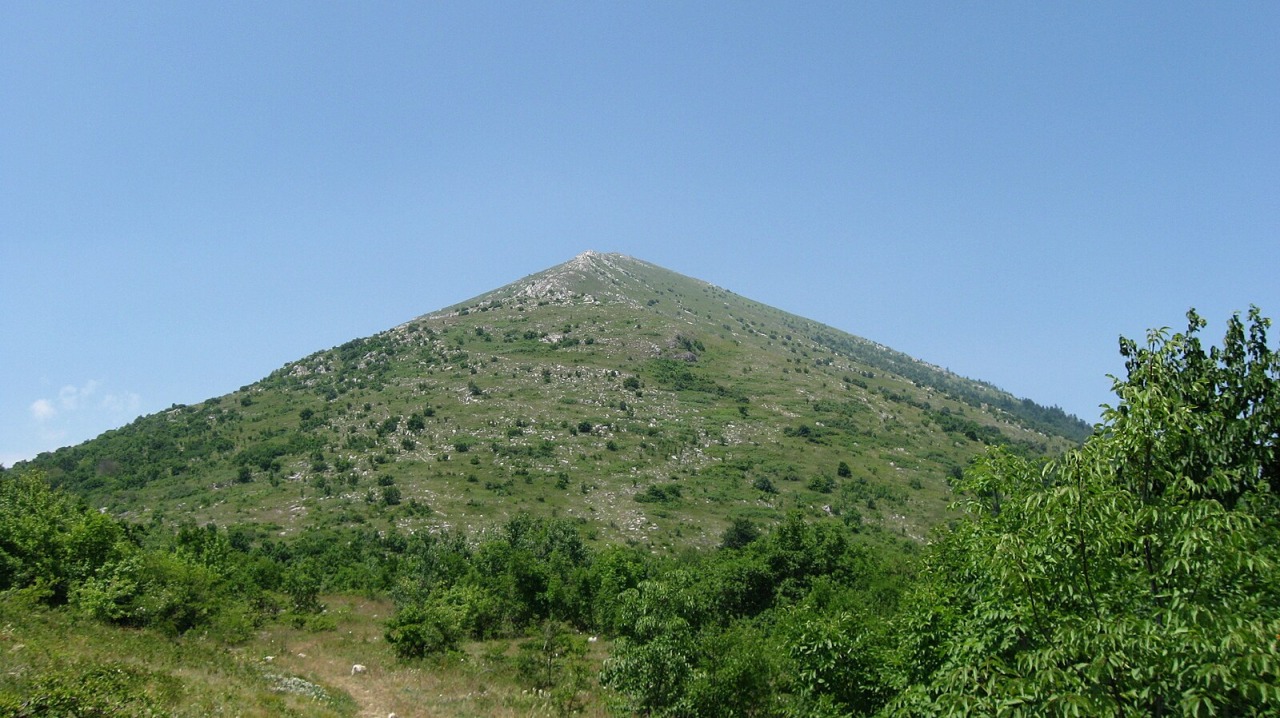
Famous for its almost perfect pyramid shape and mystical energy, Mt. Rtanj (1,565 m) is wrapped in legends of ancient civilizations and healing powers. Hikers are rewarded with spectacular views and an aura of mystery.
- Hiking to Šiljak, the highest peak
- Medicinal herbs and mountain honey
- Rtanj tea and eco-lodges
Đerdap National Park – Gateway to the Iron Gates
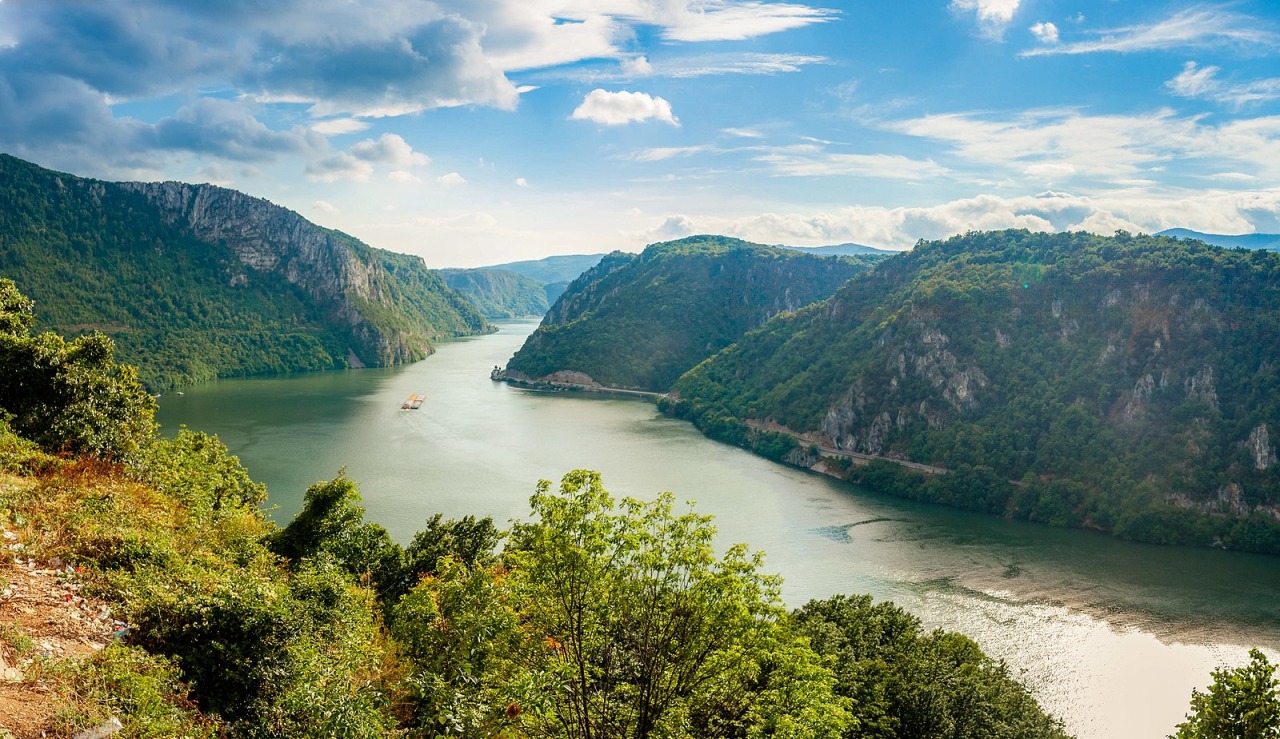
Serbia’s largest national park, Đerdap is known for the Danube’s dramatic gorges, dense forests, and archaeological treasures like Lepenski Vir.
- Lepenski Vir archaeological site
- Veliki and Mali Kazan viewpoints
- Golubac Fortress
- Hiking trails and boat cruises on the Danube
Stara Planina – Remote Wilderness and Alpine Beauty
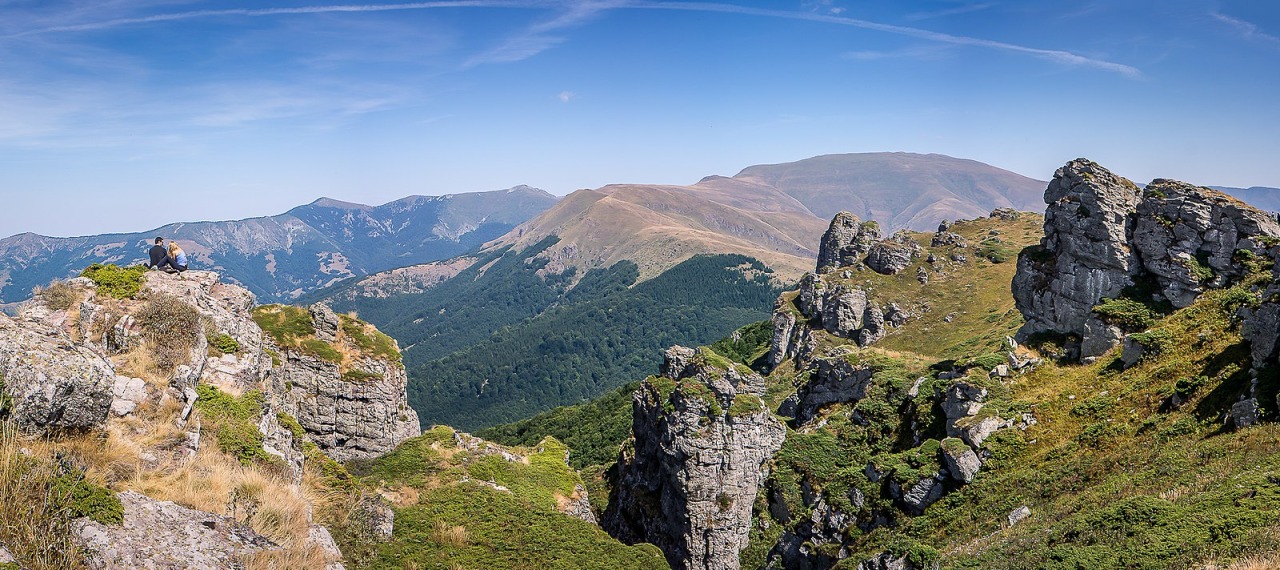
Stara Planina is a wild mountain range near the Bulgarian border full of untouched landscapes, waterfalls, and pristine nature.
- Tupavica Waterfall
- Hiking, skiing, and village stays
- Babin Zub viewpoint and resort
Lazar’s Canyon – Serbia’s Wildest Gorge
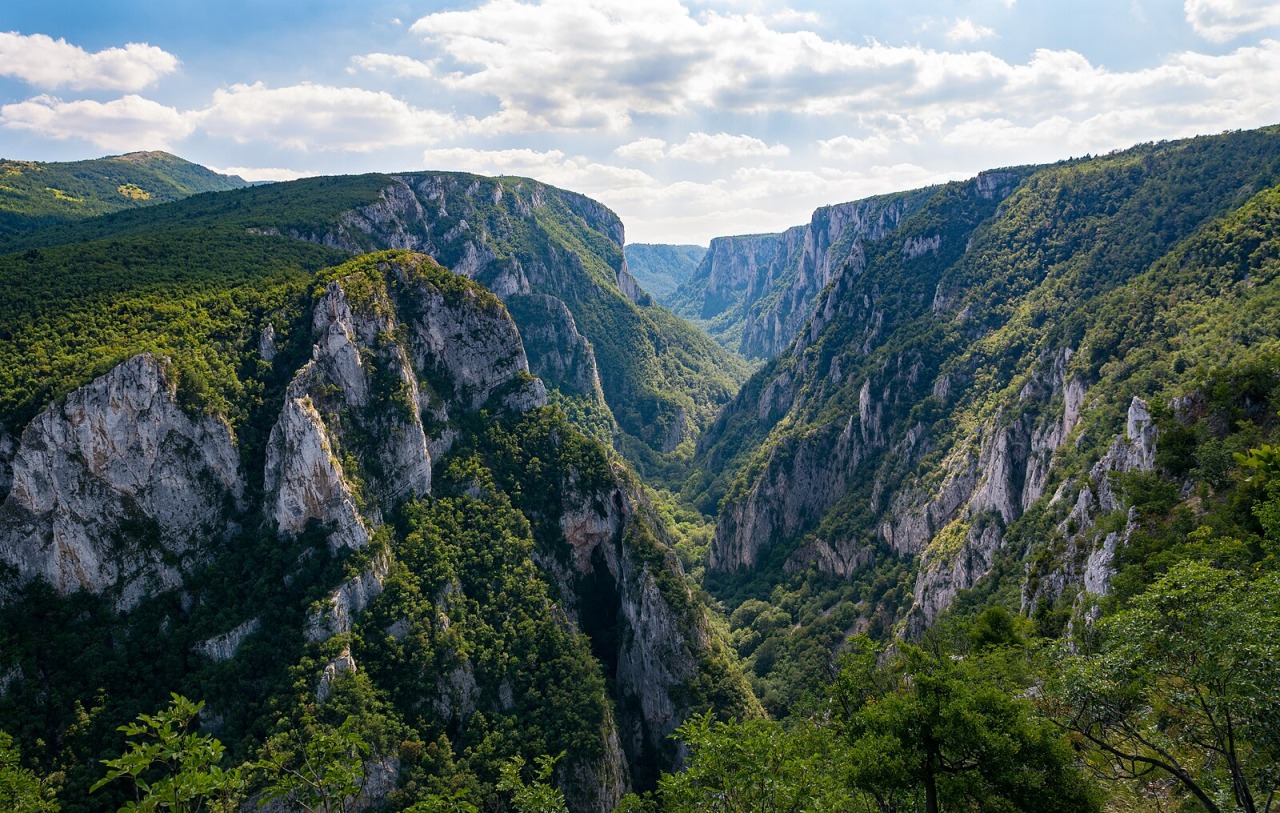
One of the deepest and most inaccessible canyons in Serbia, Lazar’s Canyon is a paradise for adventurers and nature lovers.
- Steep cliffs and endemic flora
- Guided canyoning and hiking routes
- Nearby Lazar’s Cave with underground halls and formations
Towns and Cultural Gems
Zaječar – City of Roman Emperors
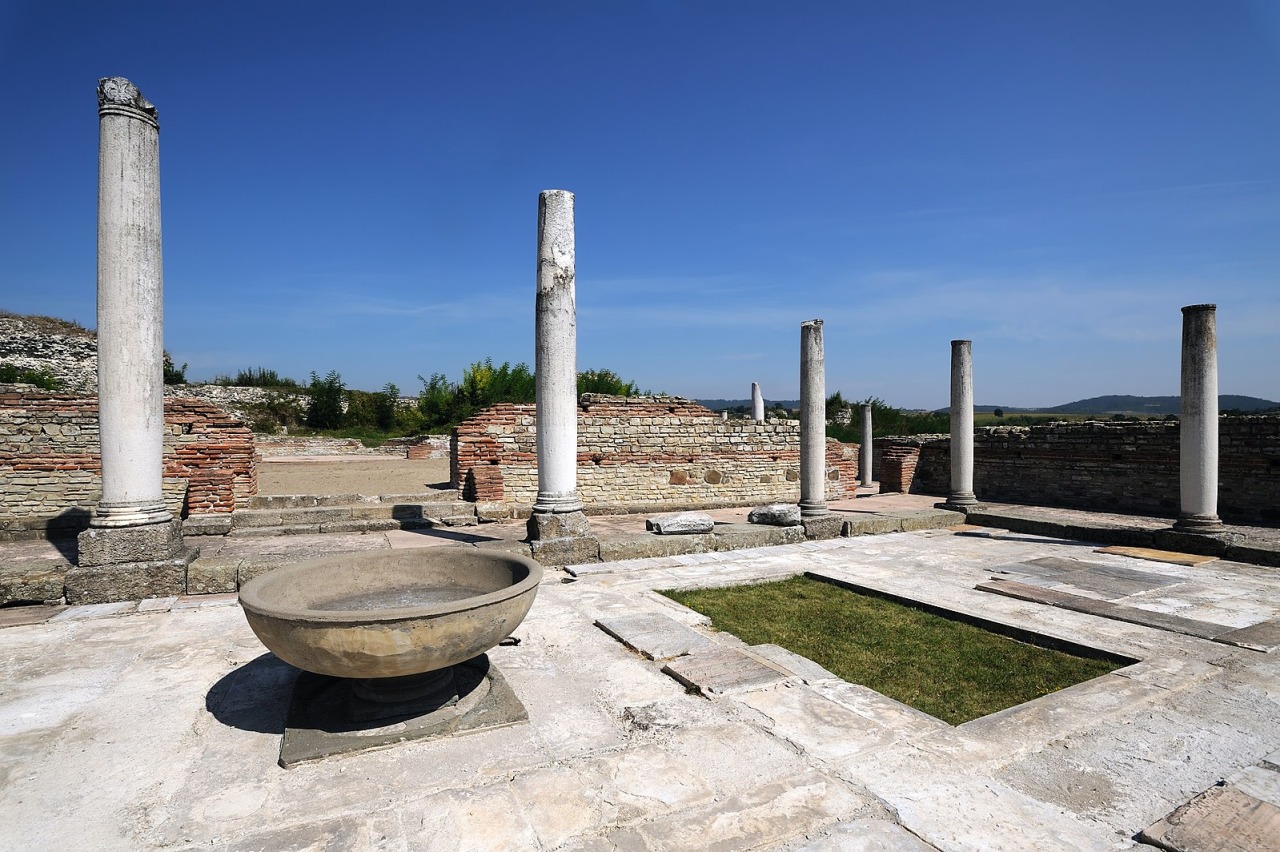
Zaječar is a cultural and historical center with Roman roots and the nearby Felix Romuliana, a UNESCO World Heritage Site.
- Felix Romuliana (Gamzigrad) palace complex
- National Museum of Zaječar
- Kraljevica Forest Park
Negotin – Homeland of Music and Wine
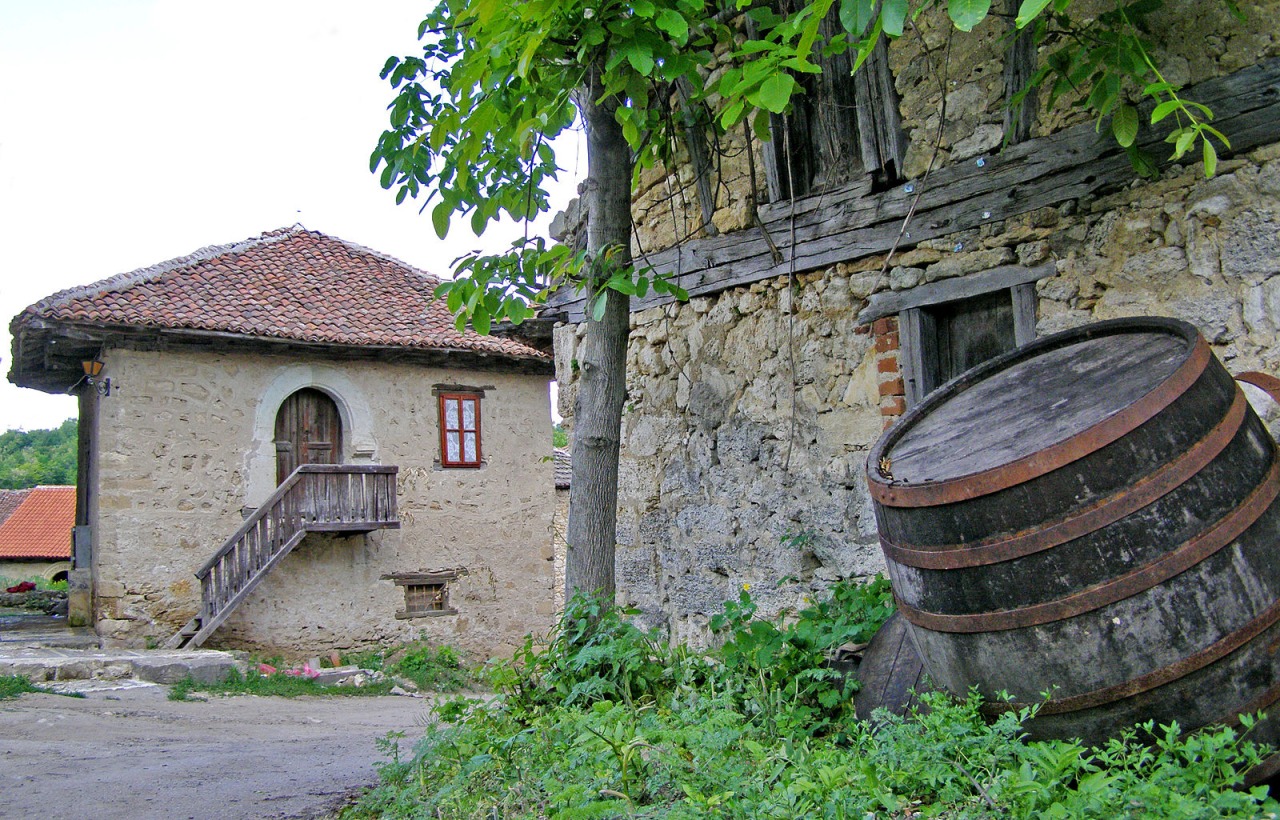
This peaceful town near the Romanian border is known for its wine traditions, music heritage, and old cellars.
- Rajačke Pimnice – historic stone wine cellars
- Birth house of Stevan Mokranjac
- Local wineries and wine routes
Bor – Copper City with Natural Riches
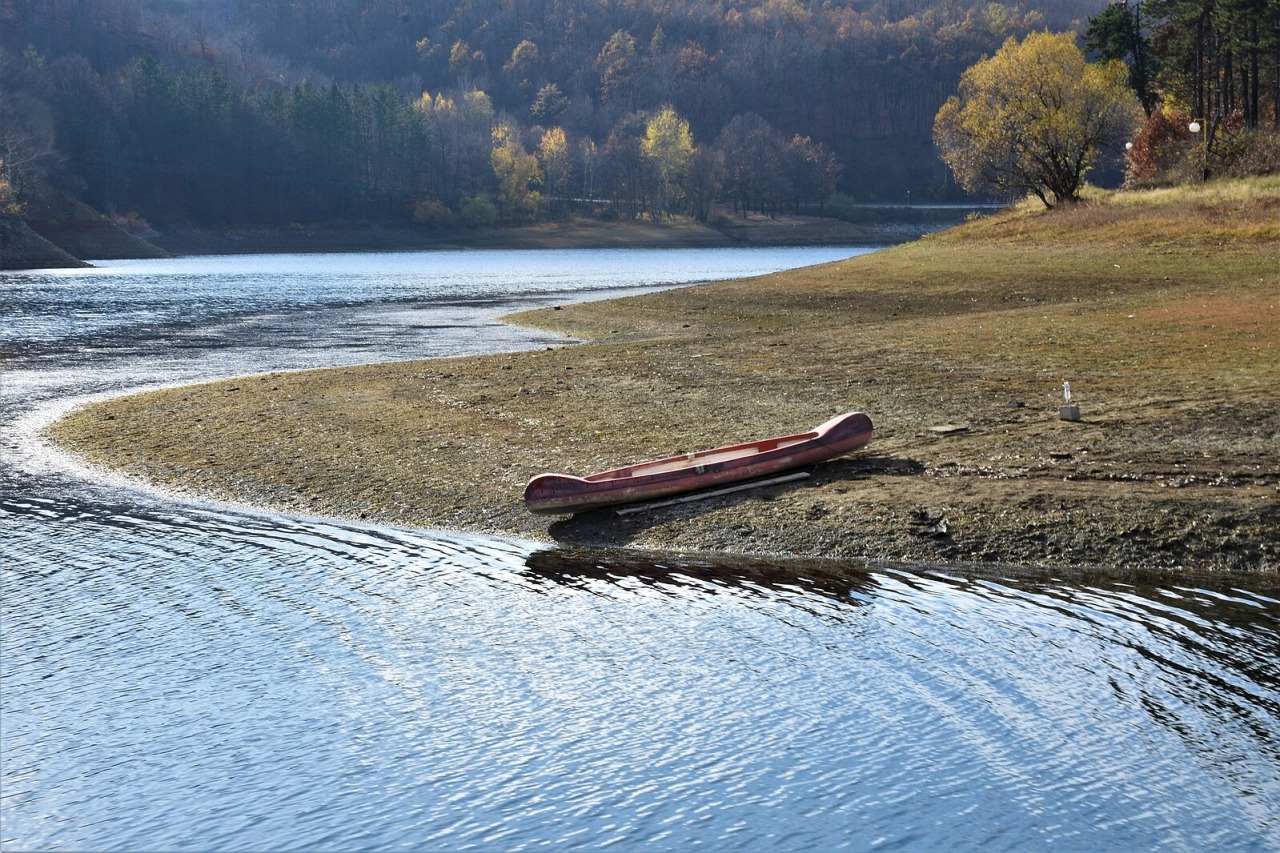
Known for its vast copper mine and industrial importance, Bor also surprises with nearby natural beauty and cultural sites.
- Bor Lake – popular for swimming, fishing, and picnicking
- Mining Museum showcasing the history of copper production
- Brestovac Spa – a peaceful wellness retreat nearby
- Close to Lazar’s Canyon and Zlot Caves
Majdanpek – Mining Town in the Mountains
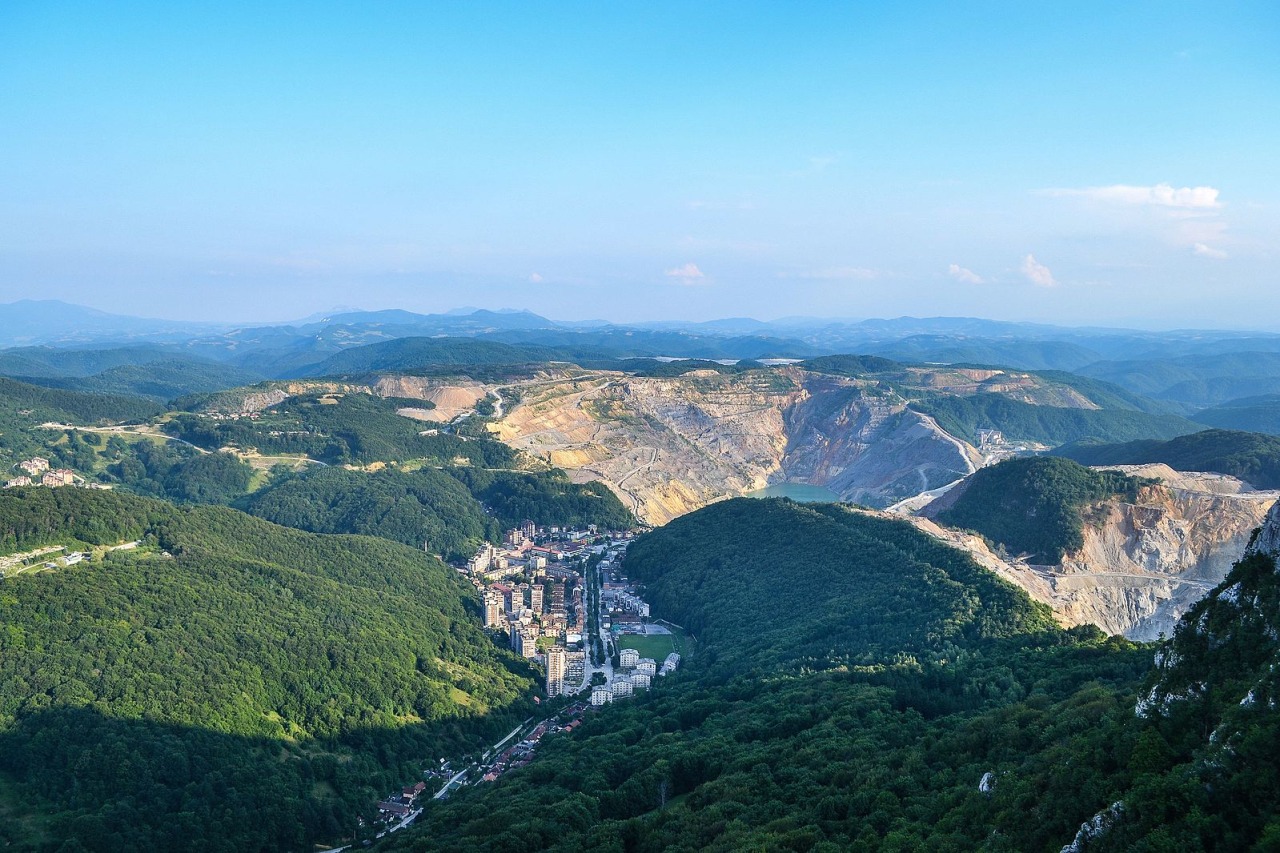
Surrounded by forested hills, Majdanpek combines mining history with natural beauty.
- Rajkova Cave
- Viewpoints over the Veliki Pek river
- Eco and adventure tourism
Lakes, Springs, and Rivers
Silver Lake (Srebrno jezero) – The Danube’s Resort
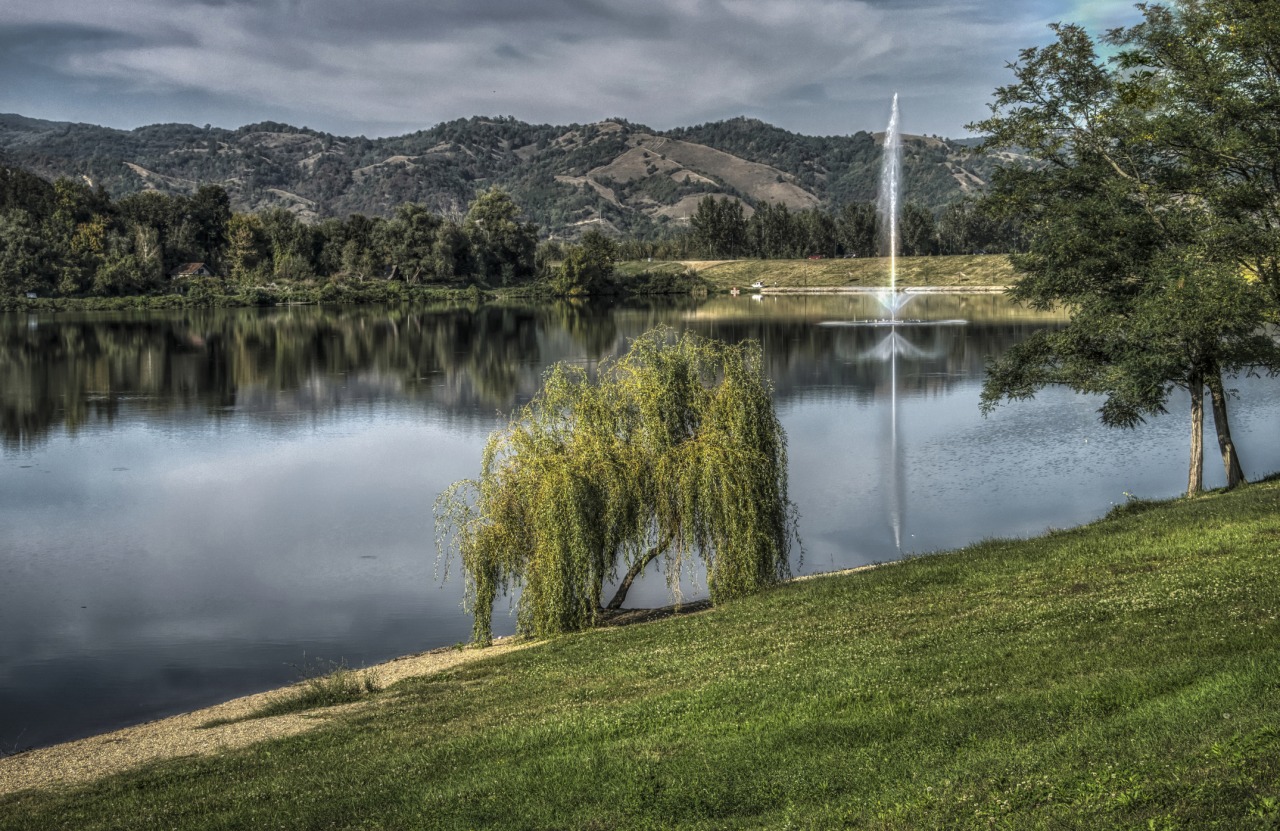
Silver Lake is a popular getaway located on a Danube tributary, ideal for family vacations and water sports.
- Beaches, promenades, and boat rides
- Restaurants with fresh fish specialties
- Cycling routes and summer festivals
Krupaj Spring – Emerald Wonder of Homolje
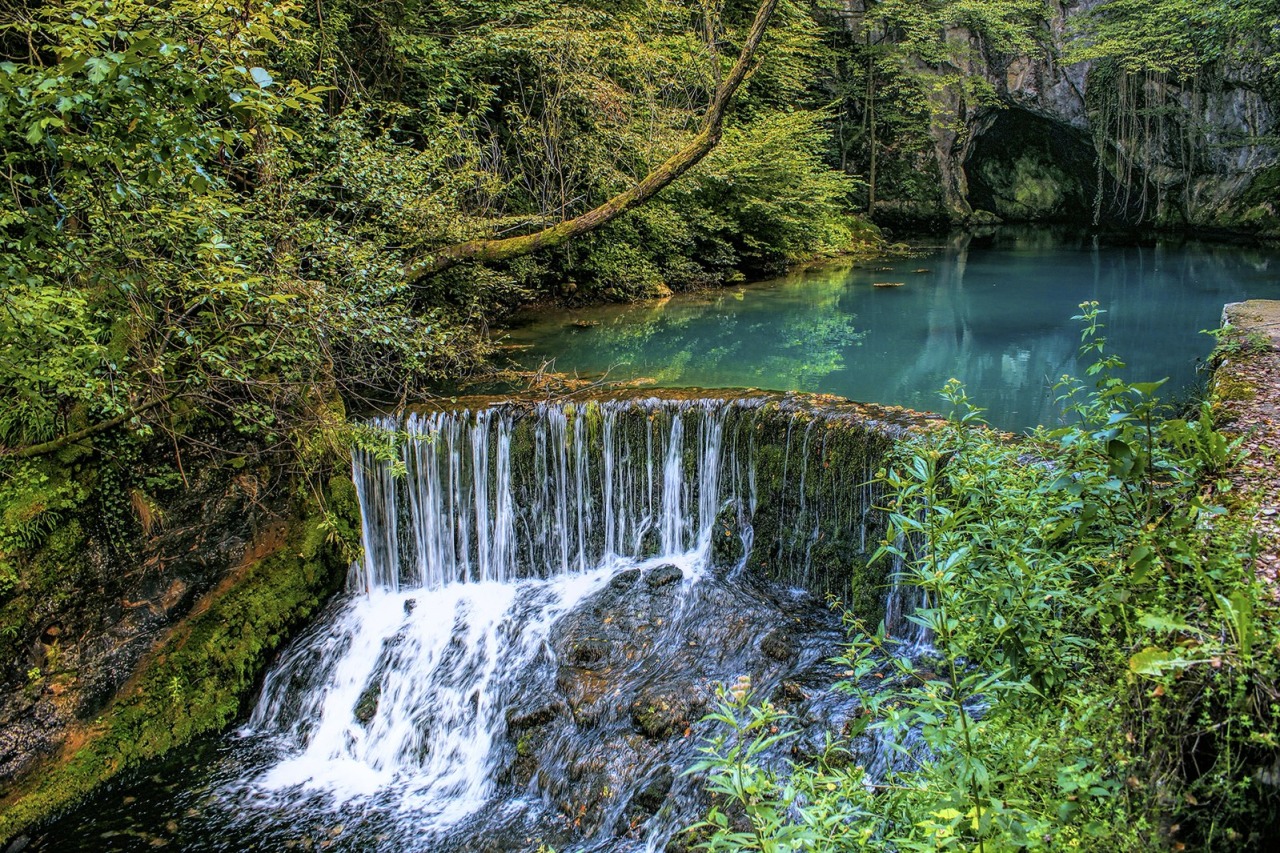
Krupaj Springs is one of the most beautiful karst springs in Serbia, with turquoise water emerging from a cave at the foot of the Beljanica mountain.
- Wooden paths and crystal-clear pool
- Cave exploration and photo spots
- Close to thermal springs and nature
Monasteries and Spiritual Sites
Manasija Monastery – A Fortress of Faith and Learning
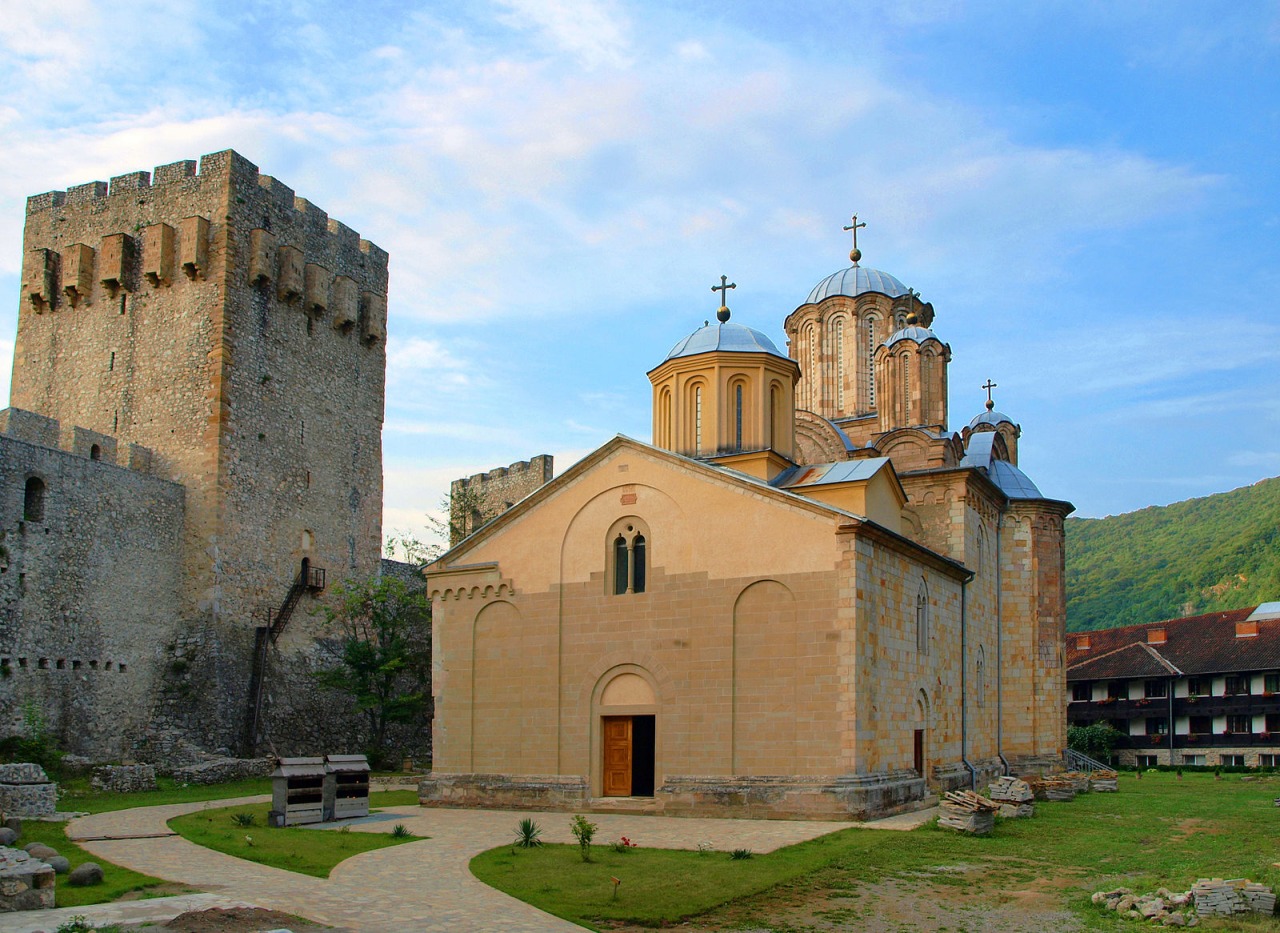
Built in the early 15th century by Despot Stefan Lazarević, Manasija is one of the most significant monuments of Serbian medieval culture. Surrounded by massive defensive walls and towers, it was also a hub of literary and artistic activity during the Morava school era.
- Majestic fortification walls and towers
- Frescoes considered a pinnacle of Serbian medieval painting
- Historical importance as a cultural and spiritual stronghold
Ravanica Monastery – Medieval Art in the Forest
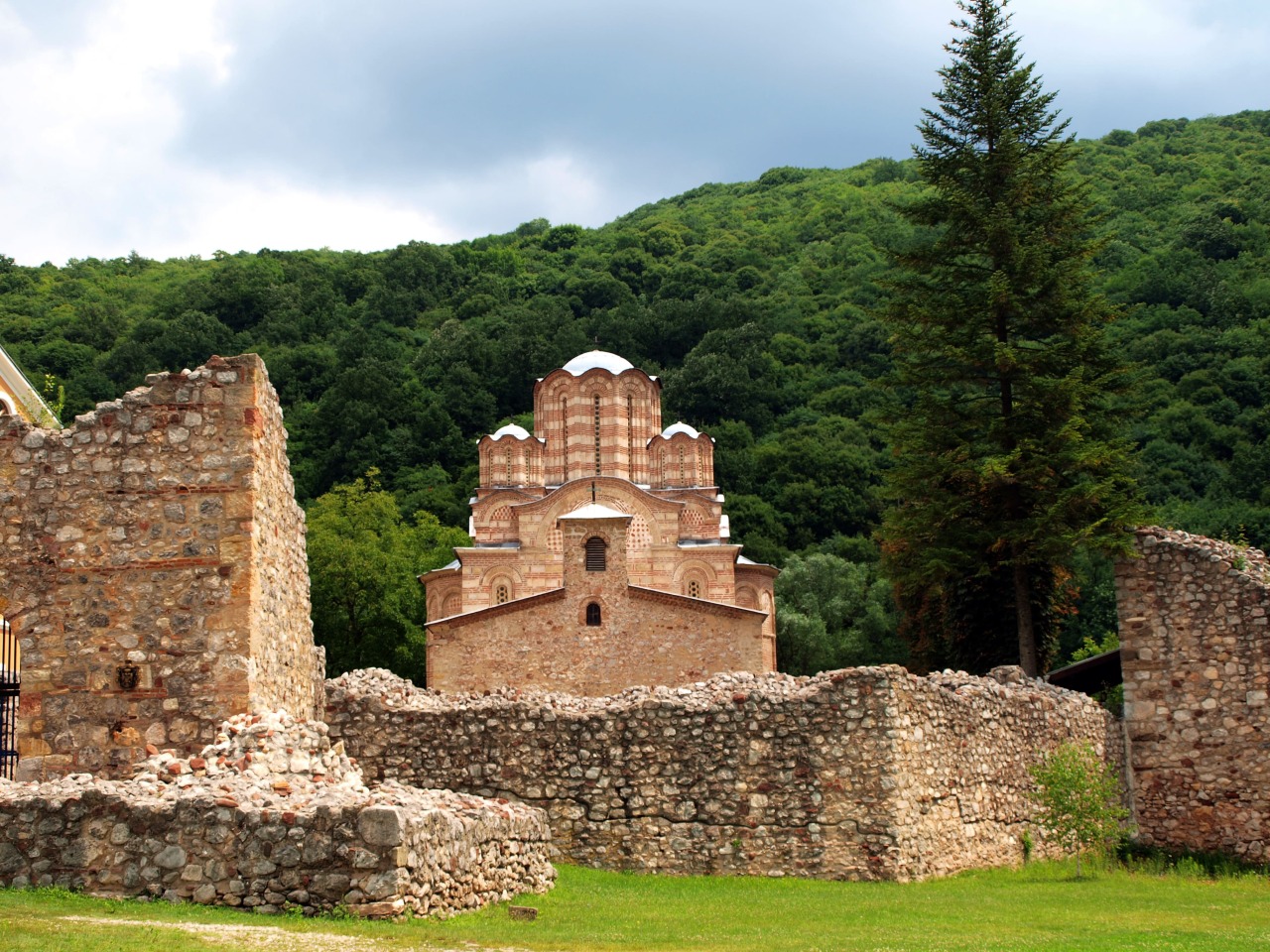
Built in the 14th century by Prince Lazar, Ravanica monastery near Ćuprija is a masterpiece of Morava architecture and an important spiritual center.
- Iconostasis and frescoes
- Tomb of Prince Lazar
- Surrounded by peaceful woodland
Tumane Monastery – Place of Peace and Pilgrimage
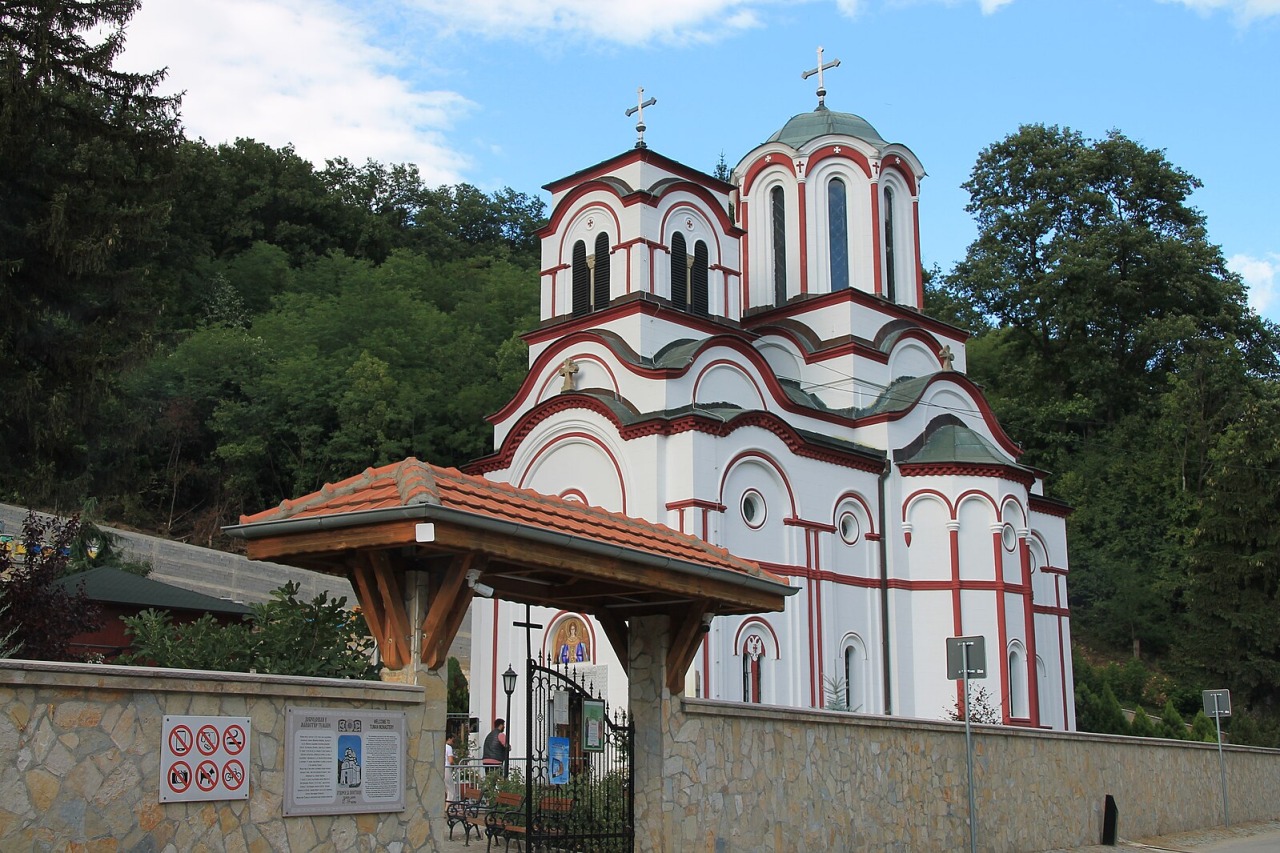
Located near Golubac, this monastery is visited by thousands seeking spiritual healing. Its serene location adds to its sacred atmosphere.
- Church of St. Zosimus and hermit cave
- Healing spring and walking trails
- Pilgrimage center and modern guesthouses
Villages and Rural Traditions
Homolje Region – Green Heart of Eastern Serbia
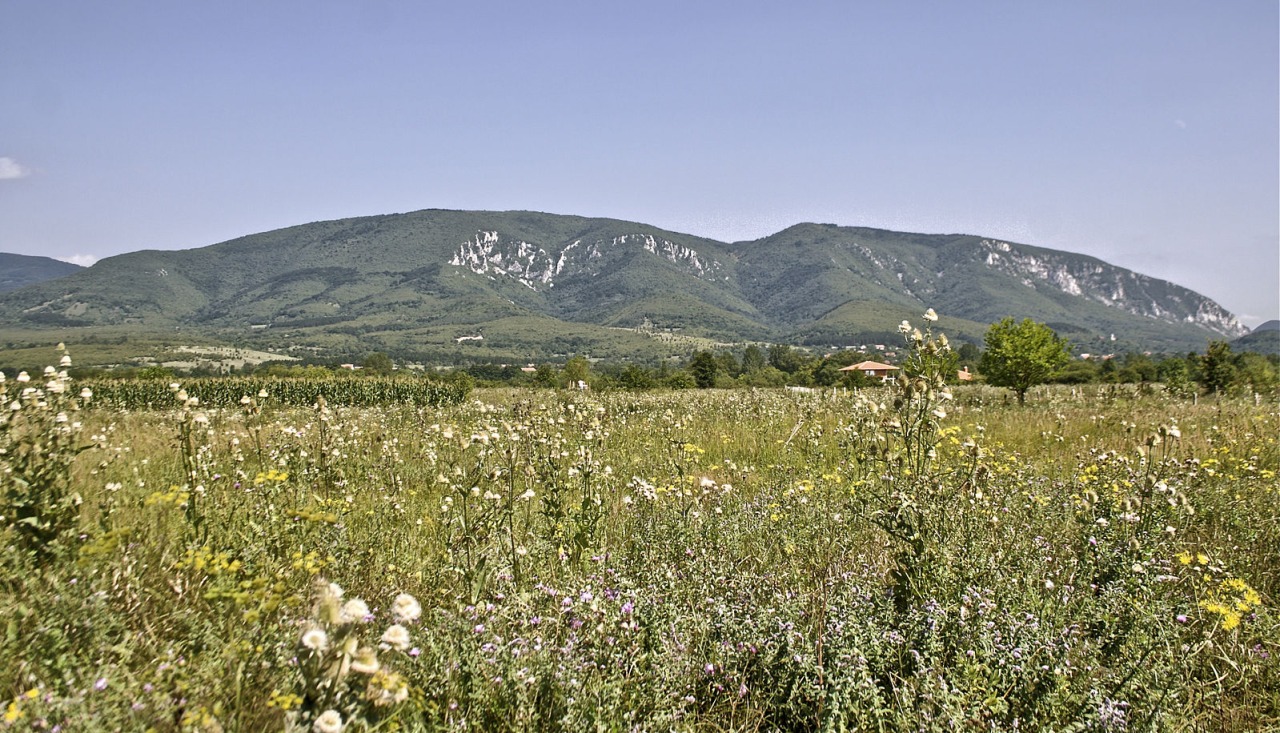
A land of hidden villages, deep forests, and mystical folklore. Life here follows the rhythm of nature and tradition.
- Villages like Gornjak and Žagubica
- Shepherd culture and local honey
- Homolje Mountains hiking and wild herbs
Rajačke Pimnice – Wine Heritage Preserved
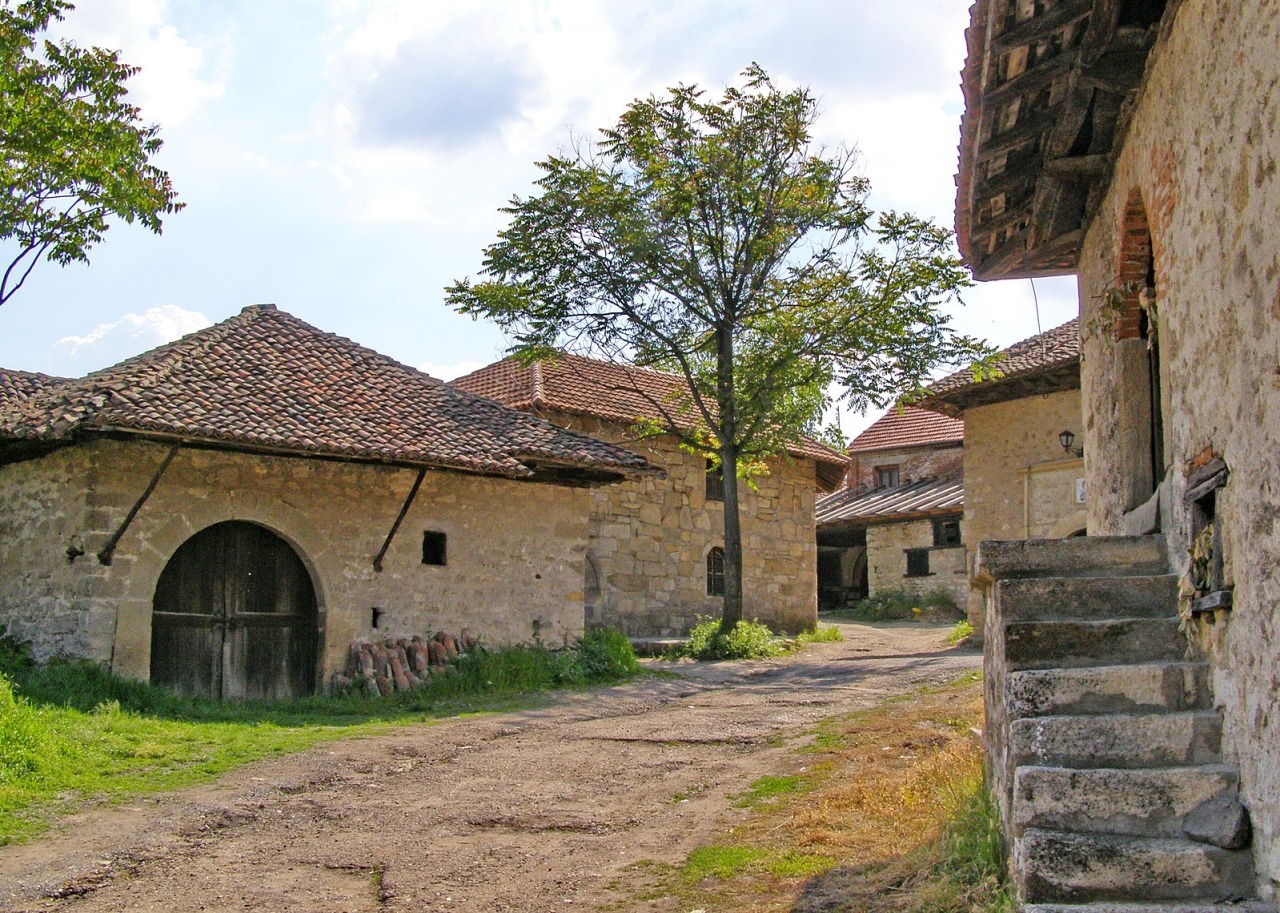
Stone-built wine cellars near the village of Rajac, still in use after centuries, represent a unique blend of tradition and architecture.
- Wine tastings in cool stone cellars
- Cultural events and rural tourism
- Preserved historic ambience
When to Visit?
Eastern Serbia is best explored from spring to autumn, though winter landscapes on Stara Planina offer their own magic. Each season brings something new—lush greenery in spring, grape harvest in late summer, and warm village hospitality year-round.
Related Articles

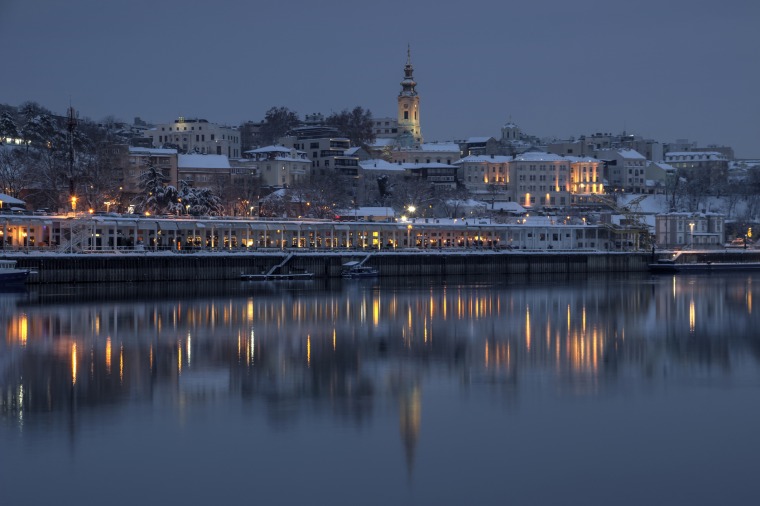
Belgrade in December: A City of Lights, Warmth, and Holiday Magic
December 5, 2025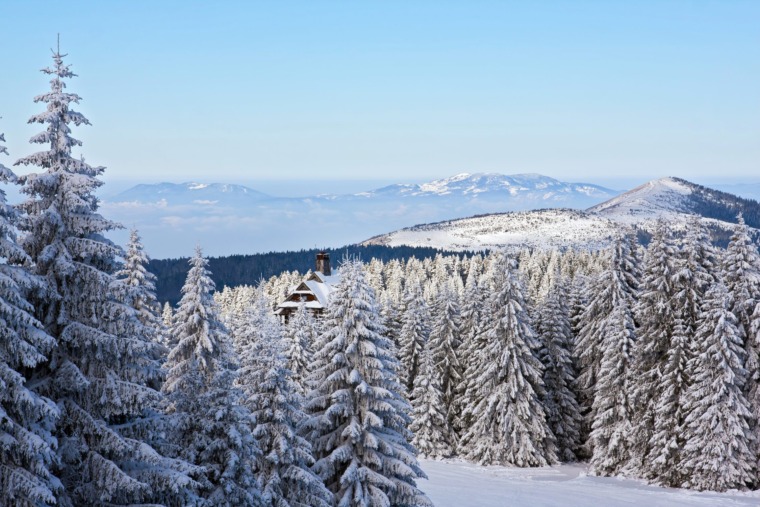
Kopaonik in December: Serbia’s Top Winter Destination
December 4, 2025